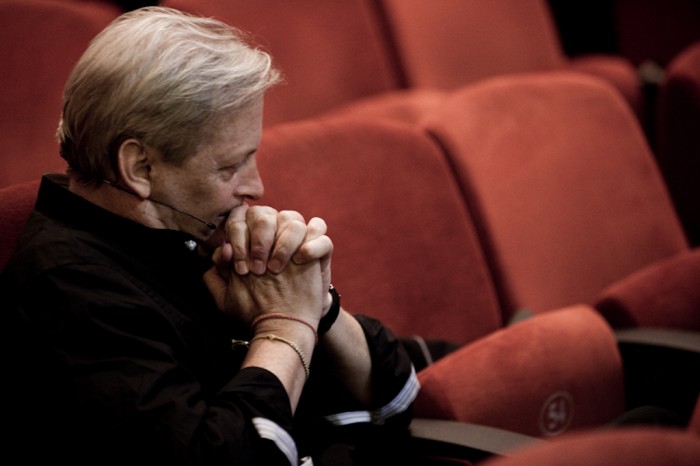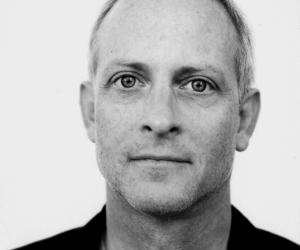
“What does it mean to be a designer?” asked William Drenttel throughout his reflexive, socially conscious presentation. Here he answers SMS questions from Design Indaba Conference 2010 delegates. Read Maciek Dubla's blog post.
Can you explain what design principles are applied to how health care is run? We need this here.
One starting point is that, like most designers, we tend to question the original question or premise or brief. Increasingly, the social and economic question is not one of health care (the care of illness) but one in the zone of wellness (the creation and support of healthy living and the prevention of illness). This shift leads to fundamentally new design parameters. In our work at the Aspen Design Summit with the Mayo Clinic around rural health care delivery, we assumed doctors would provide medical care, but probed the possibilities for using social networks to sustain healthy living on top of an augmented health care system. More info.
How do you find time to be part of so many projects? Do you sleep?
The truth is that I do not sleep much. But being so productive has a lot to do with quiet living in the country and few social options. We could never do what we’ve done if we lived in New York City – as much as we love the endless options and energy of the city. The other factor is that my partner Jessica Helfand and I are together sort of superhuman: she gets up at 05:00 AM and goes to bed at 22:00 PM and I get up at 09:00 AM and go to bed at 03:00 AM. Together that’s a long day if you think of us as one body.
I see that the Aspen men of the 1970 conference grew to include white women in 2009. What would happen if you threw one native American in the mix in 2039?
This is such an important question. As we work on new design and creative initiatives, especially in the international sphere, the mix of people is becoming more and more critical. Including people of colour has been one of the great weaknesses of the American design community, and it has not helped us as we attempt to work internationally. We have so much to learn. It would be my hope, however, that such shifts will not have to wait until 2039 – that’s a long way away.
“What does it mean to be a designer?” asked William Drenttel throughout his reflexive, socially conscious presentation. Here he answers SMS questions from Design Indaba Conference 2010 delegates. Read Maciek Dubla's blog post.
Can you explain what design principles are applied to how health care is run? We need this here.
One starting point is that, like most designers, we tend to question the original question or premise or brief. Increasingly, the social and economic question is not one of health care (the care of illness) but one in the zone of wellness (the creation and support of healthy living and the prevention of illness). This shift leads to fundamentally new design parameters. In our work at the Aspen Design Summit with the Mayo Clinic around rural health care delivery, we assumed doctors would provide medical care, but probed the possibilities for using social networks to sustain healthy living on top of an augmented health care system. More info.
How do you find time to be part of so many projects? Do you sleep?
The truth is that I do not sleep much. But being so productive has a lot to do with quiet living in the country and few social options. We could never do what we’ve done if we lived in New York City – as much as we love the endless options and energy of the city. The other factor is that my partner Jessica Helfand and I are together sort of superhuman: she gets up at 05:00 AM and goes to bed at 22:00 PM and I get up at 09:00 AM and go to bed at 03:00 AM. Together that’s a long day if you think of us as one body.
I see that the Aspen men of the 1970 conference grew to include white women in 2009. What would happen if you threw one native American in the mix in 2039?
This is such an important question. As we work on new design and creative initiatives, especially in the international sphere, the mix of people is becoming more and more critical. Including people of colour has been one of the great weaknesses of the American design community, and it has not helped us as we attempt to work internationally. We have so much to learn. It would be my hope, however, that such shifts will not have to wait until 2039 – that’s a long way away.







